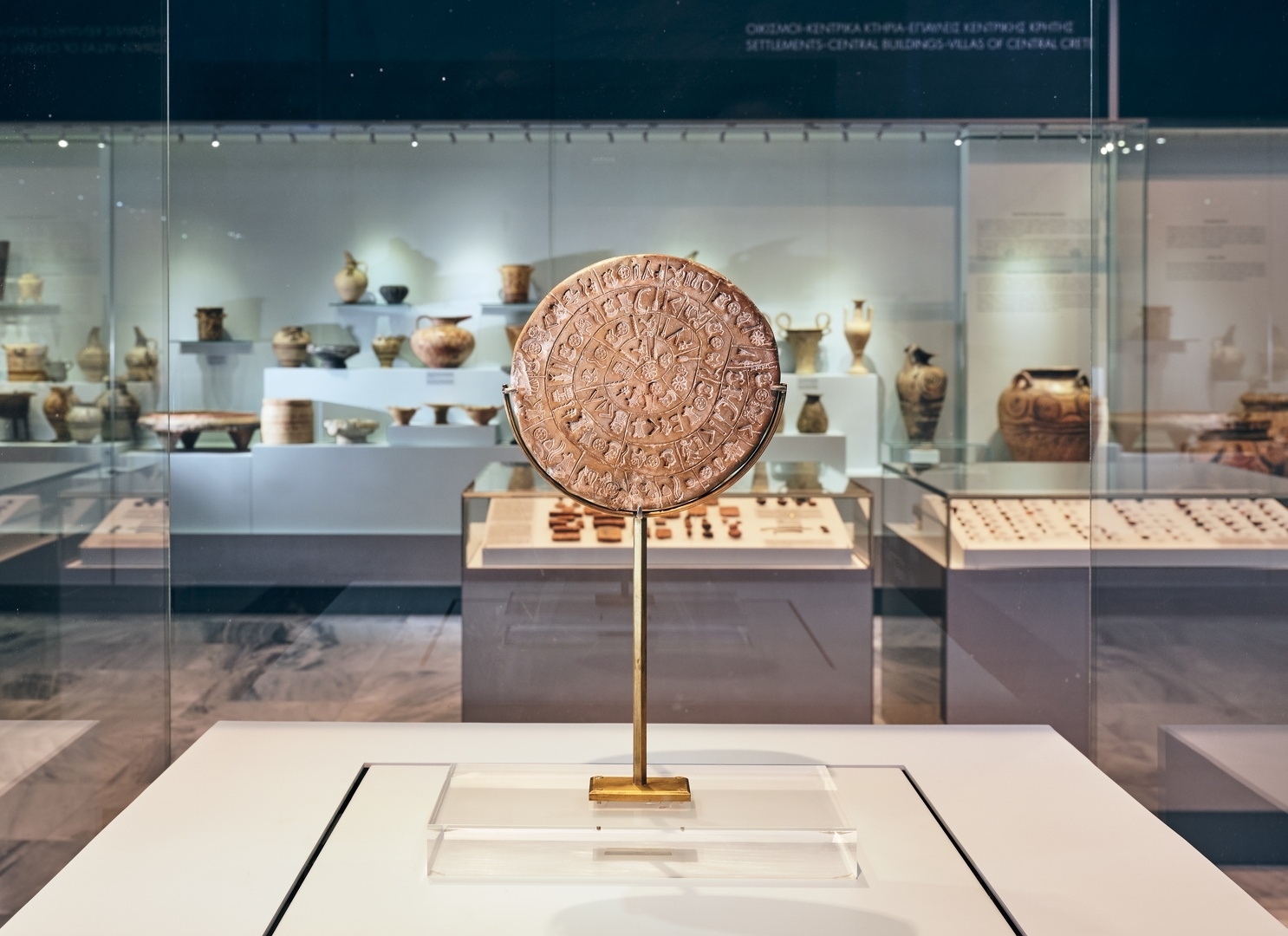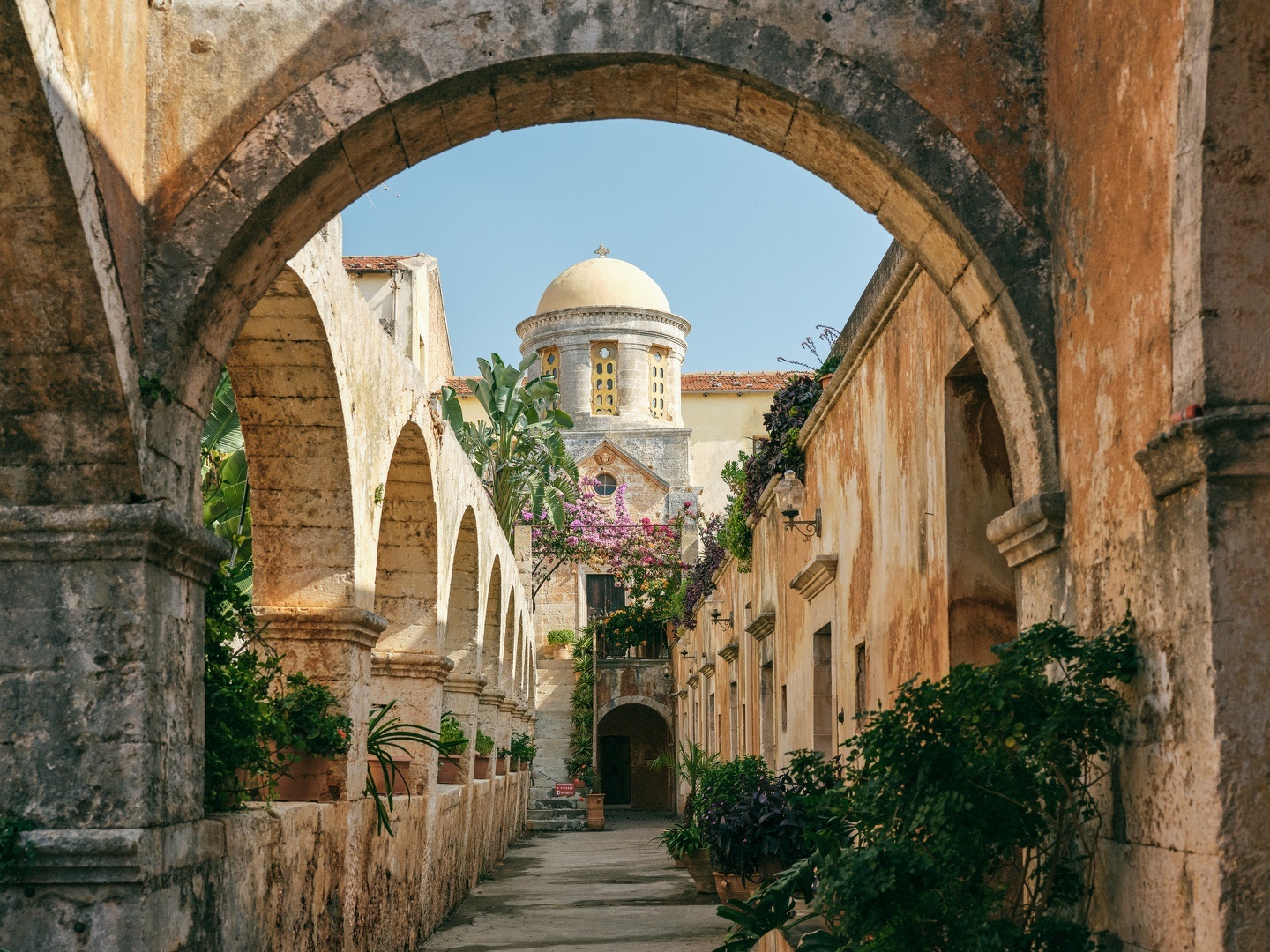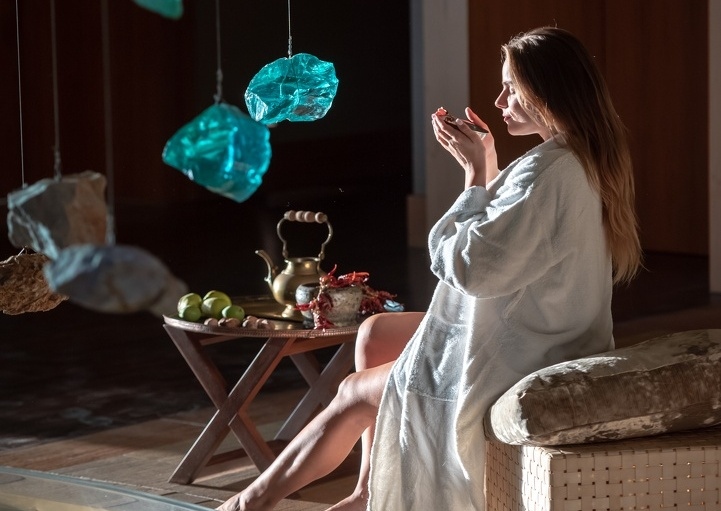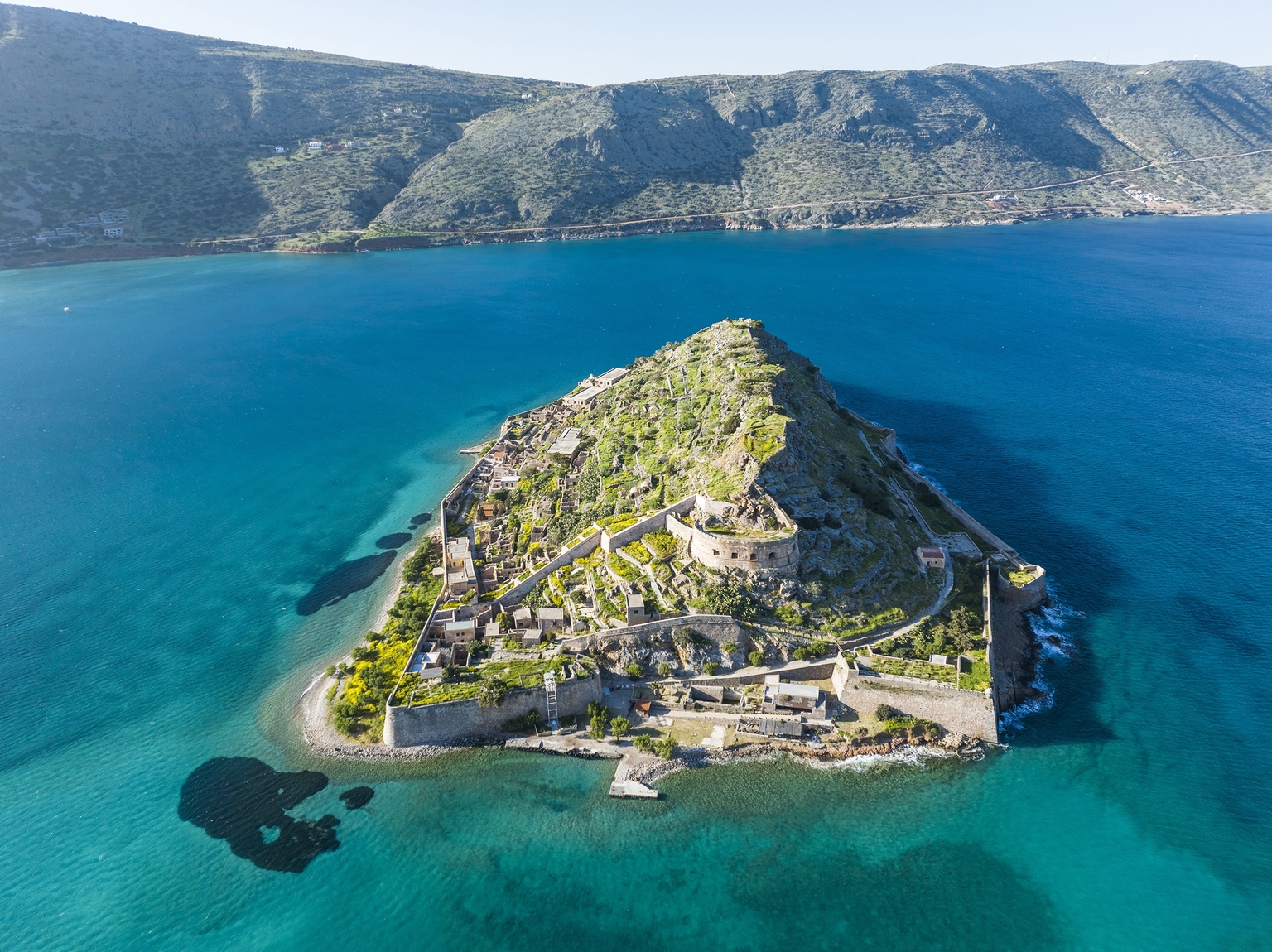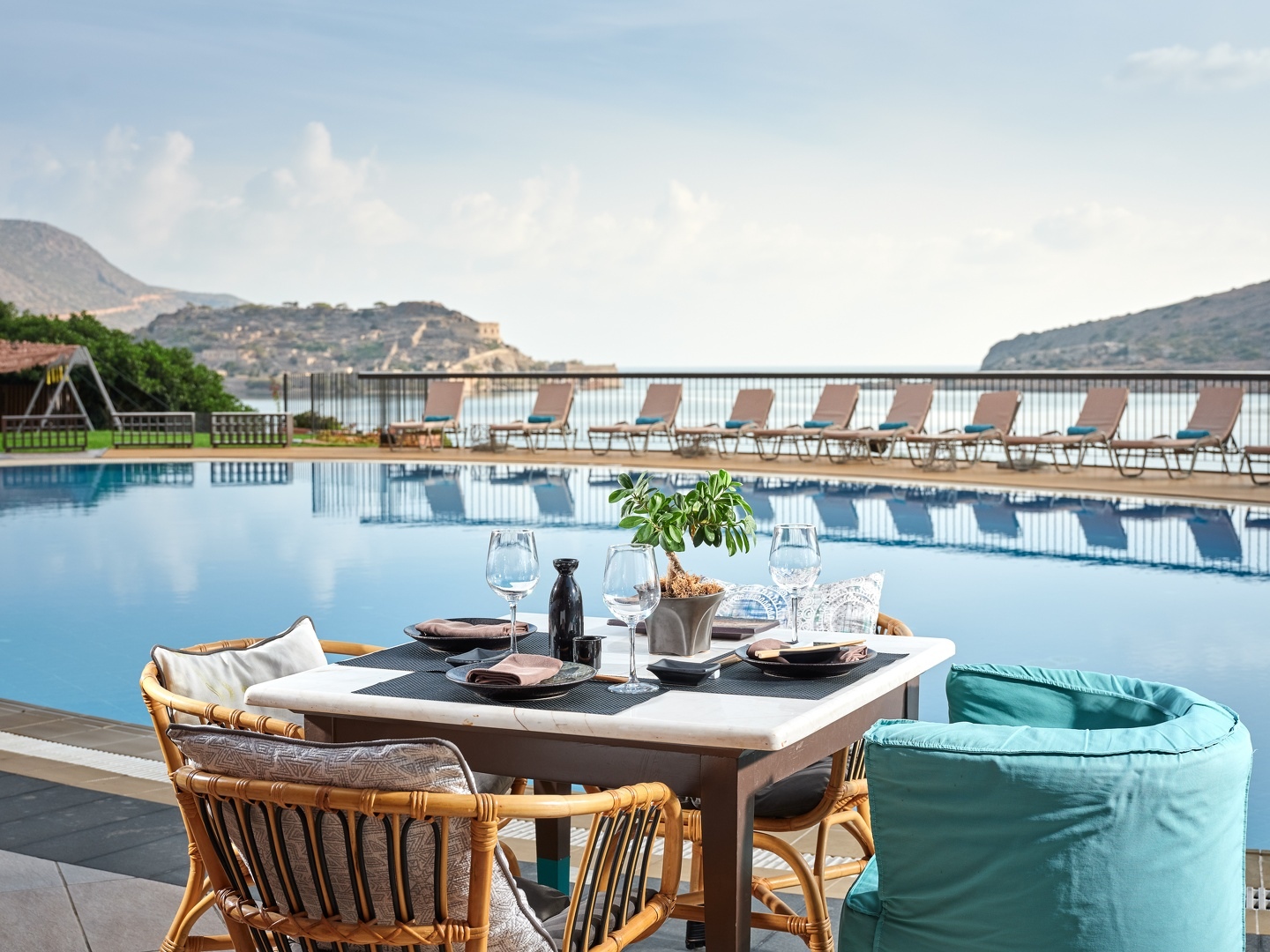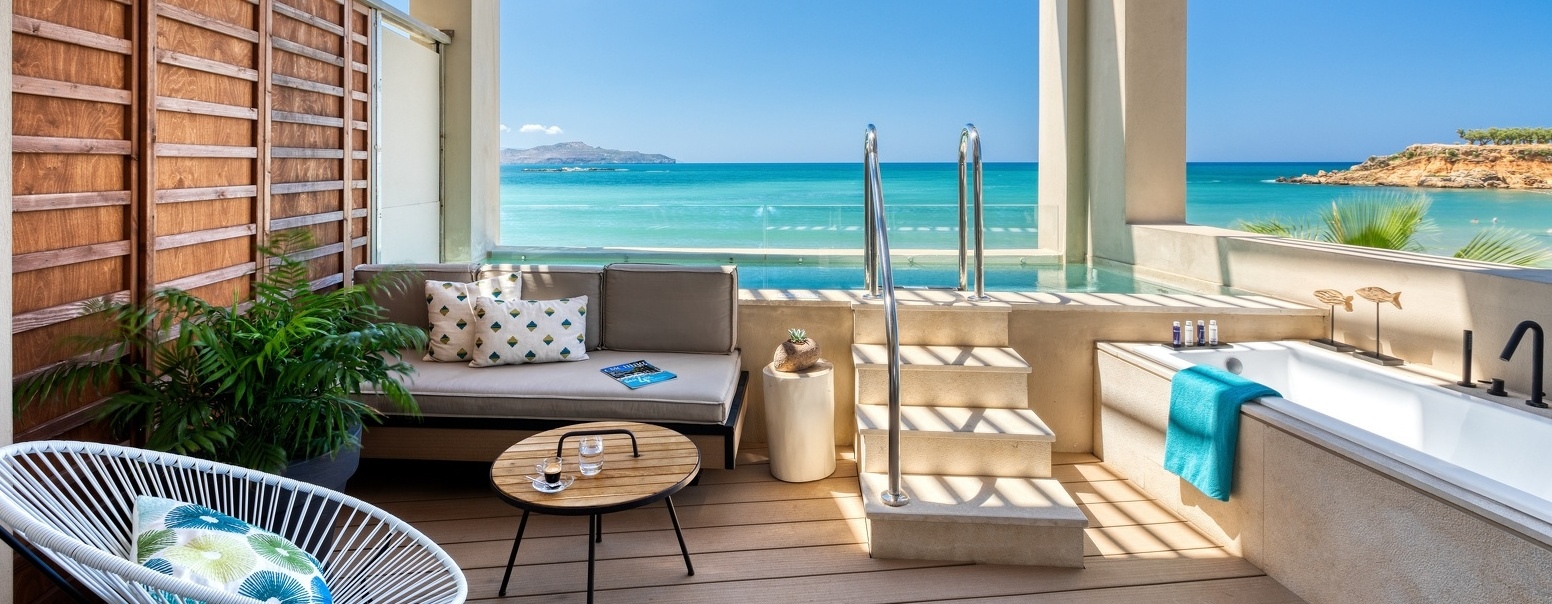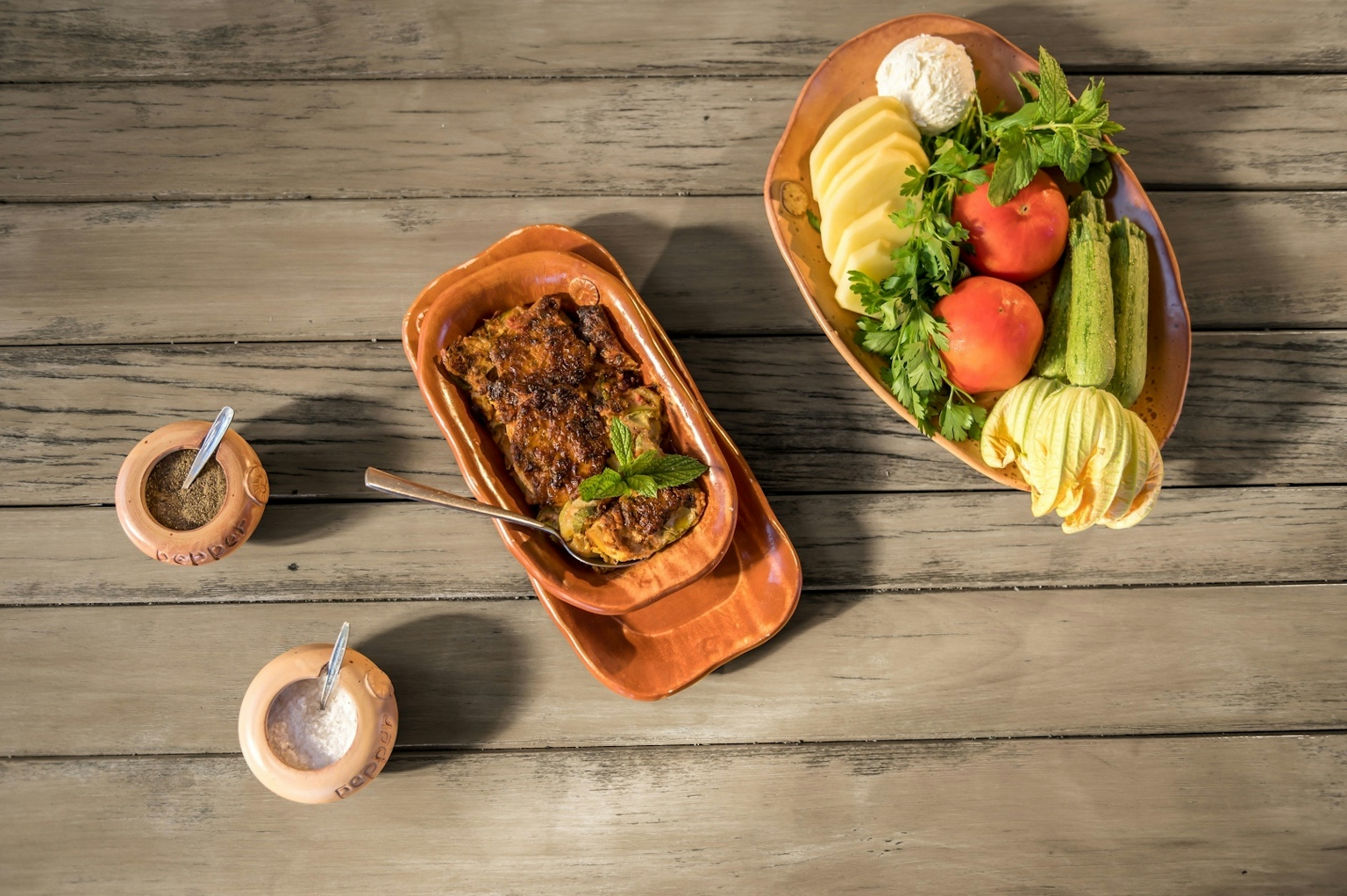“Songs and mantinades are a part of our lives”
Author Discover Crete
Culture
Culture
Latest news
The Cretans say that scent is something you “hear.” Walking into Manolis’ instrument workshop in Rethymno, the first smell to hit my ears is Lebanese cedar. Its distinctive aroma aside, this wood is ideally suited for bringing out the best sound from Cretan lyras. Fresh-cut Lebanese cedar disappeared from the market in the 1960s, however, so instrument makers now look for lumber in the beams of old Venetian and Ottoman houses.
The table I see in front of me here is made from Lebanese cedar, too; it dates from the days of Manolis’ grandfather, who opened this workshop and store in 1945. In its time, it has held the lyras of Nikos Xylouris, Psarantonis and other legendary Cretan musicians.
Another item with a story behind it is the shell from a WWII German bomb that Manolis’ grandfather used as a vessel for heating fish glue.
Today, Manolis uses modern equipment, but the techniques that go into his craft remain true to methods developed by his grandfather, incorporating elements used in making violins and mandolins. Looking at how meticulously he whittles the body of the instrument, I see how each lyra is, indeed, endowed with a unique voice.


“Songs and mantinades are a part of our lives; they’re with us in times of joy and in times of sadness,” two of Manolis' musician friends tell me, explaining the importance of the traditional Cretan rhyming couplets
that musicians recite as they play. They take a lyra and a lute out of their cases, and their bows start dancing across the strings, filling the workshop with a sound that has the intensity of life itself. The music pulsates through your body, and you lament the fact that you weren’t born already knowing the steps to this dance.
Source: “Handcrafted Crete”, Isabella Zambetaki, Region of Crete


